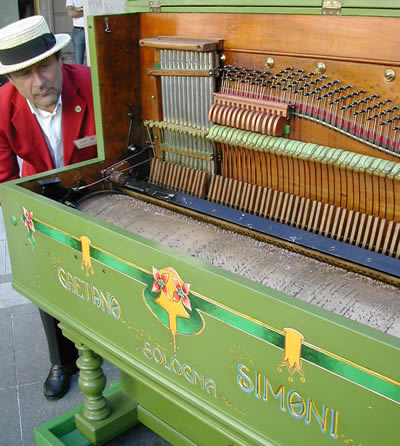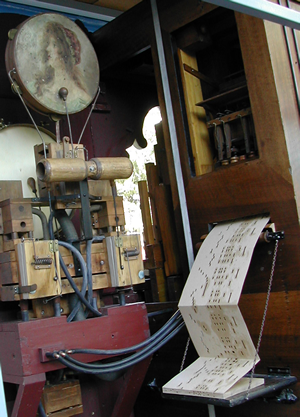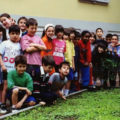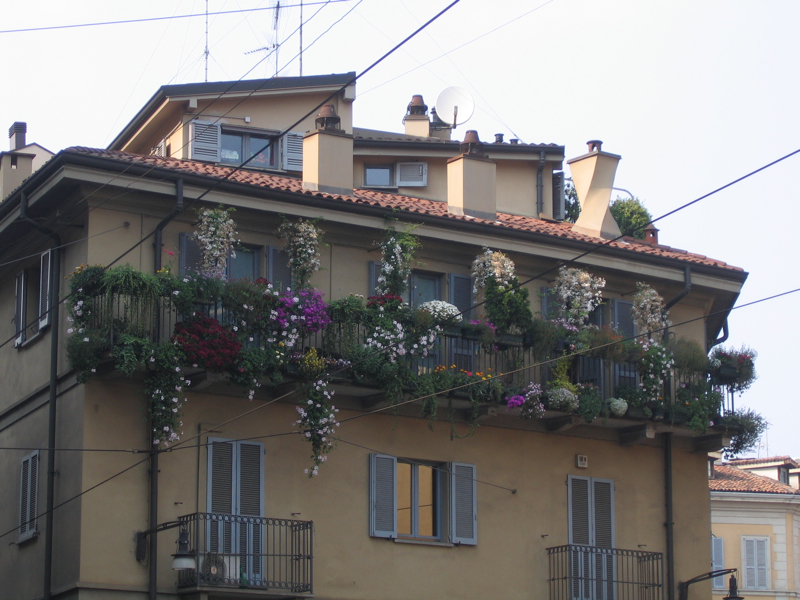(Note: This refers to an older version of the site, before I moved it to WordPress.)
I’ve recently upgraded my software skills. I’ve been learning to useDreamWeaver (a vast, complex, and very powerful website creation software) with the help of lynda.com, recommended to me by a friend. Lynda provides software training in the form of online videos; for $25 a month, you can go through any of their courses, in whole or in part, at your own pace. I would not normally have had the patience to sit through hours of watching someone explain software, but it was just right for my semi-brain-dead state at the time, and I learned enough to completely overhaul my own site.
I had been using a very old version of Microsoft FrontPage. It used to do everything I needed, but the site has grown far beyond anything I had originally imagined, and I couldn’t make design changes without doing them manually on every single page – and there are over 200 pages now. I was also embarrassed to realize that the underlying technology of my site (plain, old-fashioned HTML) was woefully out of date – not a good showcase for my supposed web-building skills.
So I have redone the site completely, using DreamWeaver’s template and library features and CSS (cascading style sheets) to create and manage a complex design. Next time I feel like completely overhauling it, I may go all-CSS, the still-more-modern way do websites.
I bought more server space, so that I don’t have to take things out in order to put new things in. I have so much room now that I have posted all the completed (or nearly) chapters of my fantasy novel, “Ivaldi”; you can download them here. I will also, over time, add many more photos to the site.
Although the main purpose of the site is vanity publishing, I also use it as a laboratory for online marketing, as discussed earlier. And it wouldn’t be terrible to actually earn something on it, in return for all the effort I put in.
Traffic to my site is decent, considering my marketing budget of zero; it’s been rising steadily, and currently stands at about 250 visitors per day. In that previous article, I discussed how this was achieved. It’s an ongoing process; I drop by some online groups most days, partly to keep traffic flowing to my site, but, on some, more because I’ve made friends there and enjoy the company. And my presence has netted me at least one client – see my newest baby, Tartarugatours.com.
Commonly-accepted wisdom is that it’s impossible to make money from sites that are primarily about the words written on them; even if you’re the New York Times, you can have droves of visitors as long as you’re giving it all away, but the minute you ask for money, most of your audience vanishes. So what’s a starving webmaster to do? No one is paying for my writing (not on the web, anyway), and I don’t have anything to sell except my skills.
Could I get people to buy things linked from my site, so that I get a cut? I’ve been trying that for a while, with the Amazon links that you find all over the site. I’m trying to be honorable about it – I don’t recommend anything that I haven’t actually read or seen myself, and I don’t provide general “buy from Amazon” ads. Perhaps because of these limits, I’ve netted a grand total of $18.67 from Amazon.com thus far, and a big fat zero from Amazon.co.uk (wassamatta – don’t you Brits read anymore? <grin>).
So now I’m experimenting with the classic source of Internet revenue: paid advertising. I’m trying out Google AdSense. The deal is that I add some code from them (Javascript) to whichever of my web pages I desire. There are a variety of ad types and sizes to choose from, and it’s possible, as I have done, to customize the colors to match your page. Once it’s in place, the Google code scans the page, and serves up ads related to the text on the page. When anybody actually clicks on an ad link, whether they buy anything or not, I earn money.
I’ve started this experiment with some of the most-hit pages on my site. Many of you who read this newsletter originally found me because you’re interested in Italy, so you may be surprised to hear that my most popular pages are not the Italy ones, although the Italy section is the most popular area of the site (and the biggest).
The most common entry page on my site – that is, the first page that many visitors see, usually because they have been led to it by a search on Google or Yahoo – is about Buffy; I think most people are finding it as a result of searches for photos of Amber Benson and other Buffy and Angel cast members. Which is interesting, because, if you go to Google’s image search and type in “Amber Benson” or “James Marsters,” my page is far from the top of the search results. This means that people are digging a long way into their search results to get to my page. Fans are always looking for new material, I guess; at least my photos are original.
So I placed a Google ad spot on that page. The context-sensitive ads showing up here are predictable: action figures, comics, and Buffy DVDs from Amazon (I have also maintained my own Amazon link at the bottom of that page). Another popular page is the miniskirt one. This was a little harder for Google to deal with; at the moment it’s showing an ad for designer mini-kilts (expensive ones, at that).
There are some glitches. Although I’ve specified that the site language is English, ads have turned up in German and Italian – the latter logically enough, on my restaurants page, which contains many Italian words and names. Can’t quite figure out where the German came from.
So we’ll see how it goes. I may never earn much money on this, either, but it’s something new to play with and learn about.













